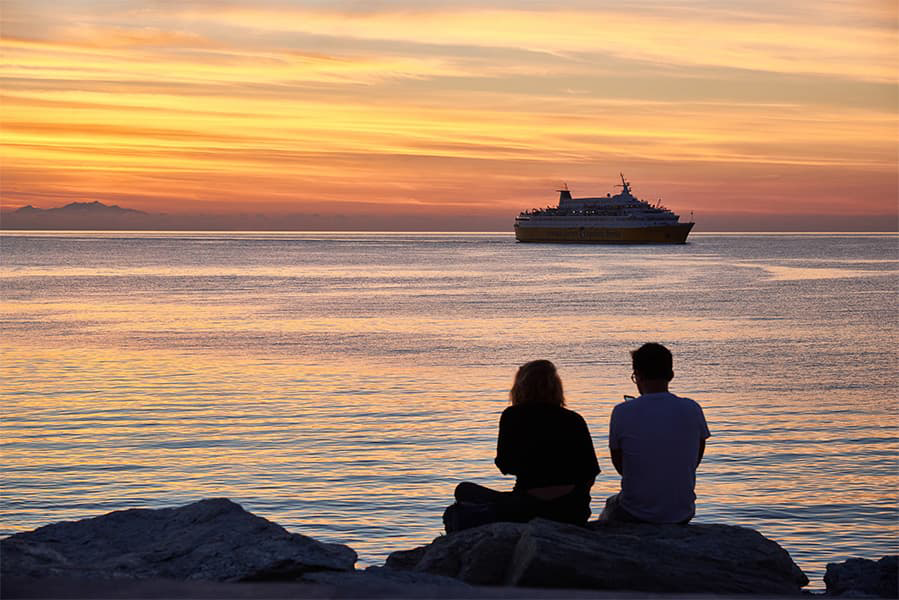Syros - Kos
Ferries to Dodecanese Islands
Syros - Kos
Ferries to Dodecanese Islands

The Syros Kos ferry route connects Cyclades Islands with Dodecanese Islands. Currently there is just the 1 ferry company operating this ferry service, Blue Star Ferries. The crossing operates up to 3 times each week with sailing durations from around 7 hours 45 minutes.
Syros Kos sailing durations and frequency may vary from season to season so we’d advise doing a live check to get the most up to date information.
More routes than anyone else.

Compare fares, times & routes in one place.
Change plans easily with flexi tickets.

Book e-tickets & manage trips in-app.
Live ship tracking & real-time updates.

Top-rated customer support when you need it.
Syros is a Greek island located between Paros and Tinos and part of the Cyclades group. It stands on a naturally amphitheatrical site, with neo-classical buildings, old mansions and white house’s cascading down to the harbour.
One of the most notoriously popular islands in Greece, Kos rests on the Aegean Sea among many other small islands. Kos boasts stunning beaches, both busy and secluded, rugged coastlines and delicious authentic Greek restaurants, however, it has become most well-known to the public for its intense nightlife. Millions of young holidaymakers from around the globe, but typically Europe, flock there for the constant parties, cheap alcohol and budget accommodation. Away from the party strip, Kos does have more serene areas that will be of great interest to visitors who enjoy cultural and historical landmarks. There are several remains of Greek ruins dotted around the island, as well as highly regarded museums surrounded by lush greenery – a free and relaxing way to spend the day. In the evening there are plenty of restaurants along the beach offering delicious food next to the peaceful sounds of the ocean. In and around the port area are several travel offices and sales reps trying to promote their daily excursions. For those wishing to try their hand at jet-skiing or riding a speedboat it provides a convenient way to organise the holiday. For visitors hoping for peace and quiet, the port is probably best to be avoided. Ferry routes from the port head all over the country of Greece, including the capital city of Athens, which may offer a pleasant change of pace. There are also crossings to popular island groups and Bodrum in Turkey.